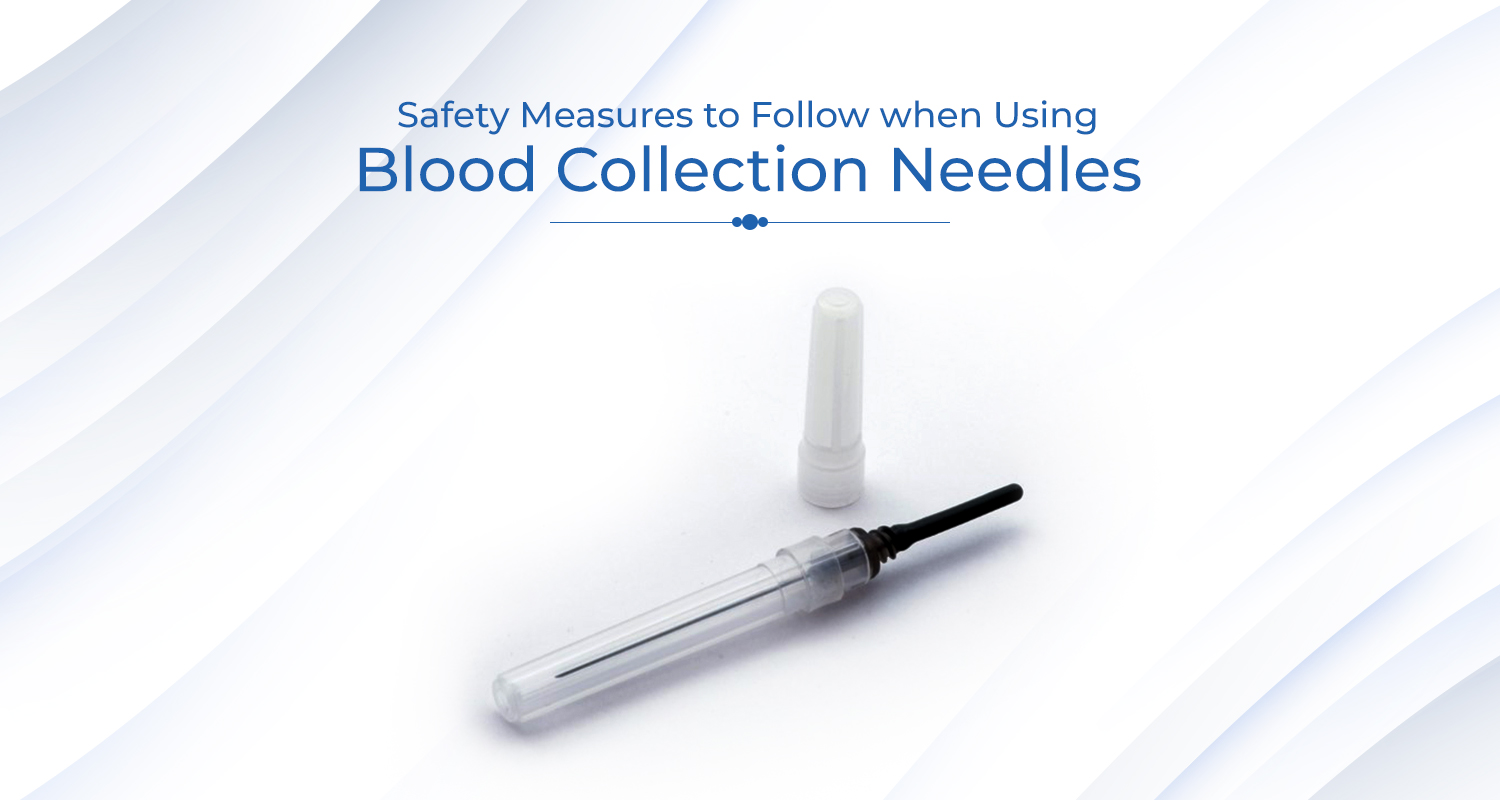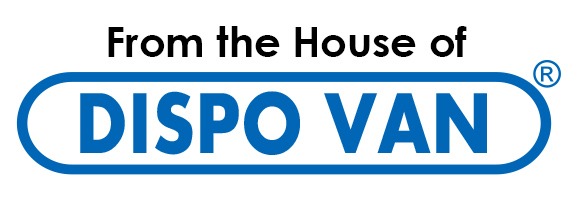

Working with blood collection needles, like any medical procedure involving needles, is subject to rigorous safety precautions. This is to ensure both the blood collector and the patient are safe.
We’ll look at typical safety issues to follow when collecting blood using the needles in this article. Keep reading.
Hands and Gloves
Cleanliness of hands and gloves should be the focus when dealing with blood collection needles. Gloves should be worn throughout all blood draws to ensure safety.
There should never be any exceptions to this rule, even if one only draws blood for research purposes. Gloves that have been compromised should be discarded immediately.
To minimize the risk of inadvertently shared fluids, gloves should be changed between patients. Moreover, between glove changes, hands should always be washed. If handwashing isn’t an option, alcohol-based cleaners can be used instead.
Needles
Even if the needles haven’t been used, they should never be recapped. When using a needle, the safety feature should be utilized as soon as possible. The tube-holder assembly and the needle should be disposed of as one unit without getting rid of the contaminated needle from a blood collection unit.
In addition, using the right blood collection needle is necessary to prevent injuries and keep the patients as well as healthcare workers safe. HMD offers Vaku-8 blood collection needles that are manufactured using cold-rolled stainless steel. The thin-walled needles also have a larger internal diameter that improves the flow rate. The needles are made out of medical grade PP that provide protection to the needles. In addition, the needles are sterilised using ethylene oxide that allows immediate use after opening.
The Patient
According to studies, five out of every 200 individuals who gave a blood sample will pass out during or after the procedure. So, if that happens, it’s crucial to be ready for it. Maintain a firm grip on the patient’s shoulder and upper arm. If they pass out, be certain they are in a safe, supported position.
Unless there are no other antecubital options, basilic veins should be avoided. Immediately stop blood draw if a vein has been provoked. After the blood draw is finished, press firmly and long enough. This is done so that the draw sites don’t bleed for a long time.
After the pressure is removed, phlebotomists should take at least 10 seconds to monitor the site. This ensures that the pressure was adequate and that all of the necessary amounts of force were applied.
Selecting Straight Needle for Blood Collection
Before the collection, the blood collector attaches the straight to a syringe or a tube holder. The phlebotomist puts the needle into the vein if the user chooses the tube holder. After that, they insert an empty tube on the needle’s backside to retrieve the blood sample.
The cannula’s rear is a flexible rubber that covers the cannula’s posterior end when the needle is not in use. The seal is broken after the tube is connected. The tube vacuum (evacuated) then withdraws the set blood volume.
The cannula is connected to the tube via a flexible rubber fitting, making it impossible for blood to seep out of the tube with each removal.
Conclusion
We’re sure now you’re clear about the various safety measures to keep in mind when using blood collection needles.
Please ask any related questions in the comments.

